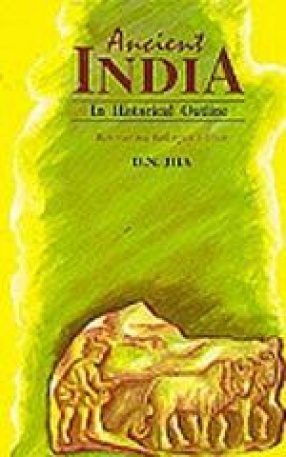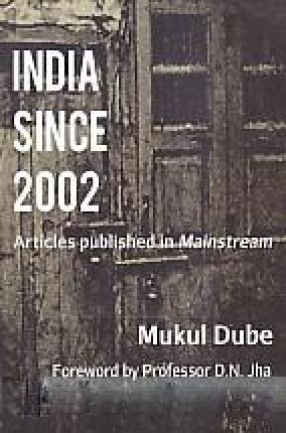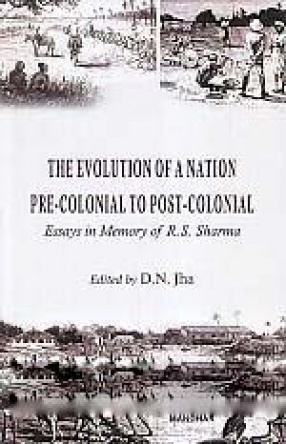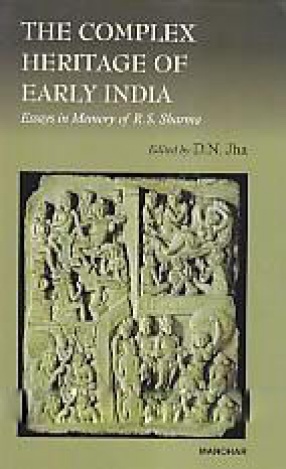Subtotal: $67.50
Ancient India: In Historical Outline
In stock
This book is a substantially modified and enlarged version of the author’s Ancient India: an Introductory Outline (Delhi, 1977) and surveys the major developments in India’s social, economic and cultural history up to the end of the ancient period and the beginning of the early middle ages and explains the rise and growth of states with reference to their material basis. Special attention has been paid to the elements of change and continuity in society, economy and culture, and to the changing forms of exploitation and consequent social tensions as well as to the role of religion and superstition in society. The book demolishes the popular historiographical stereotypes crated by the Hindu-chauvinist communal writings. It also gives the lie to the view that the Indian society has been stagnant and changeless-a view which was propagated by Western scholars in the heyday of British imperialism and continues to be peddled ingeniously in our own times. The assassination of Mahatma Gandhi, and the demolition of the Baburi Masjid are two, unforgettable milestones in the unfolding of the backward-looking Hindu revivalist and fascist politics of contemporary India. Since both Harappa and Mohenjodaro are situated now in Pakistan, the Hindu revivalists are busy locating the epicenter of the Harappan culture in the elusive Saraswati valley.

 Morphology and Anatomy of Stem
Morphology and Anatomy of Stem 






There are no reviews yet.